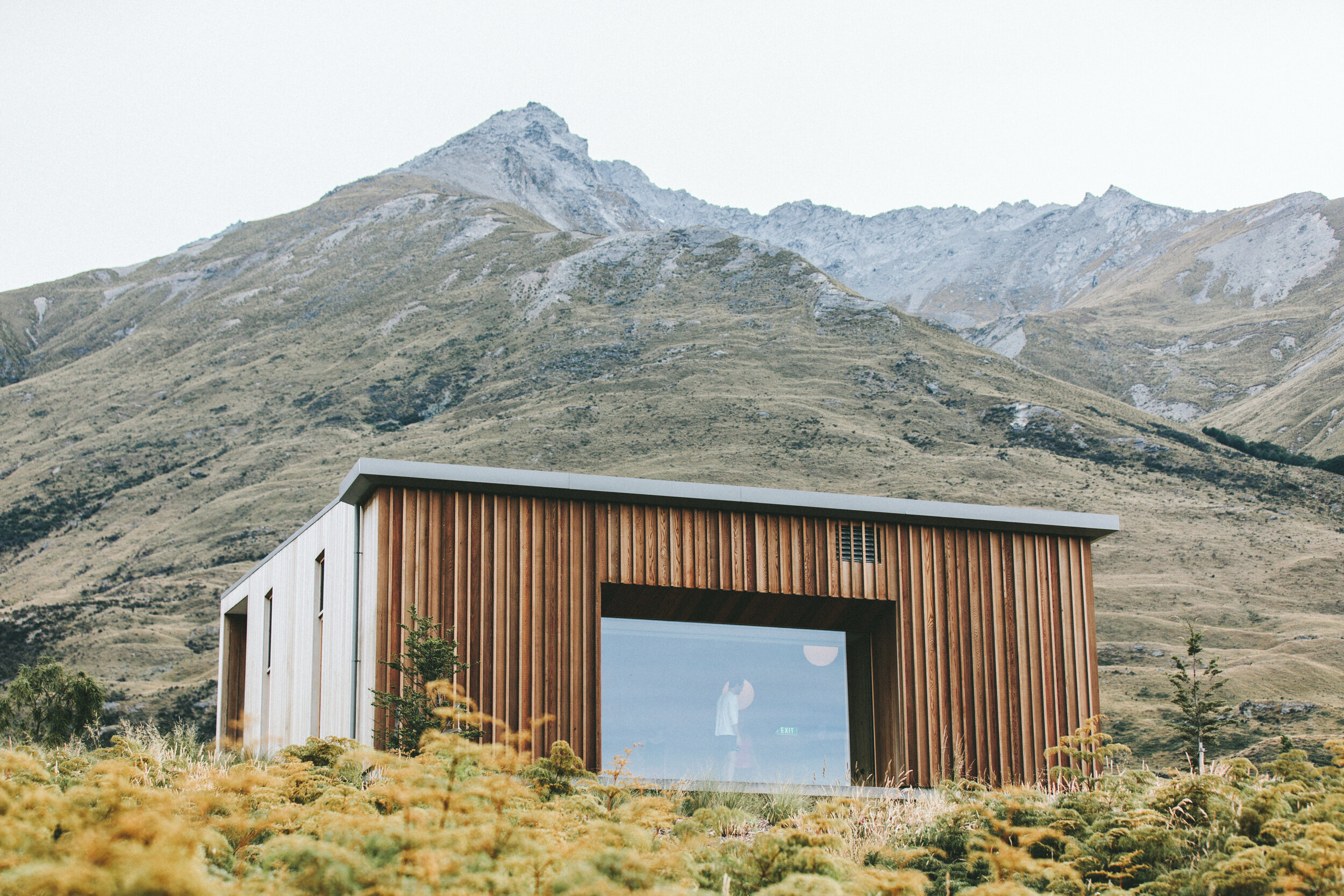BLACK NOISE
Processing, Arduino, Audacity, WavePad + MDF, Bluetooth speaker, GE AM/FM radio, MP3.
RISD Global: Argentina Hi/Low Tech project. Wintersession 2017.
In a nod to one of the most well-documented manifestations of Black influence in Latin America, Black Noise is an experiment in shedding light on conflicting narratives through audio.
In this piece, a simple, unadorned AM/FM radio sits plainly on its pedestal, playing tango and milonga—genres that are considered emblematic of Argentinian culture, despite being rooted irrevocably in distinctly Black traditions.
As the viewer draws nearer to enjoy the songs, the radio comes to life.
Quietly but surely, the voices of Afro-Argentinians bubble into the immediate aural surroundings, re-contextualizing these art forms that have been stripped from their “othered” originators. All the while, the music continues, its twinkly piano and lush strings peppered with these newly-voiced, unsettling realities. Though the testimonies vary in tone, from joyful displays of racial pride to retellings of disparaging comments received on the street, they all speak to the unheard experience of being Afro-Latino/African in the complicated racial climate of Argentina.
Almost as soon as the voices appear, as if mere interference lost in the frustrating static of a weak radio signal, they’re gone… until, of course, another curious listener comes close enough to bear witness to their brief, yet unwavering truths.
-
As a Latin American nation, Argentina is entrenched in the notion of mestizaje—literally, “mixedness”—a term borne of modern reflection on pre- and post-colonial realities. Here in Argentina, though, the narrative of mestizaje is noticeably distinct from that of the rest of the region.
There’s an axiom in Argentina that says “[t]he Mexicans descended from the Mayans, the Peruvians from the Incans, and us, from the boats.” A pointed reference to the country’s vibrant history of immigration, the phrase paints the Argentinian populous as the children of resilient European transplants, and their port capital as the bona fide “Paris del Sur.” There is little room in this narrative for Black and indigenous bodies. In the little room that they are afforded, the indigenous populous has been romanticized as a symbol of a purer, pre-Columbian past, and Afro-Argentines have been negated entirely. (Despite the little-known fact that one-third of porteños were Afro-descendants in the middle of the nineteenth century.)
So, then, what does it mean to be Black in Argentina—negro, prieto, pardo in a country that reinforces a proximity to cultural whiteness through its dogged self-identification with European roots?



Lorem ipsum dolor sit amet, consectetur adipiscing elit, sed do eiusmod tempor incididunt ut labore et dolore magna aliqua. Ut enim ad minim veniam, quis nostrud exercitation ullamco laboris nisi ut aliquip ex ea commodo consequat. Duis aute irure dolor in reprehenderit in voluptate velit esse cillum dolore eu fugiat nulla pariatur.
